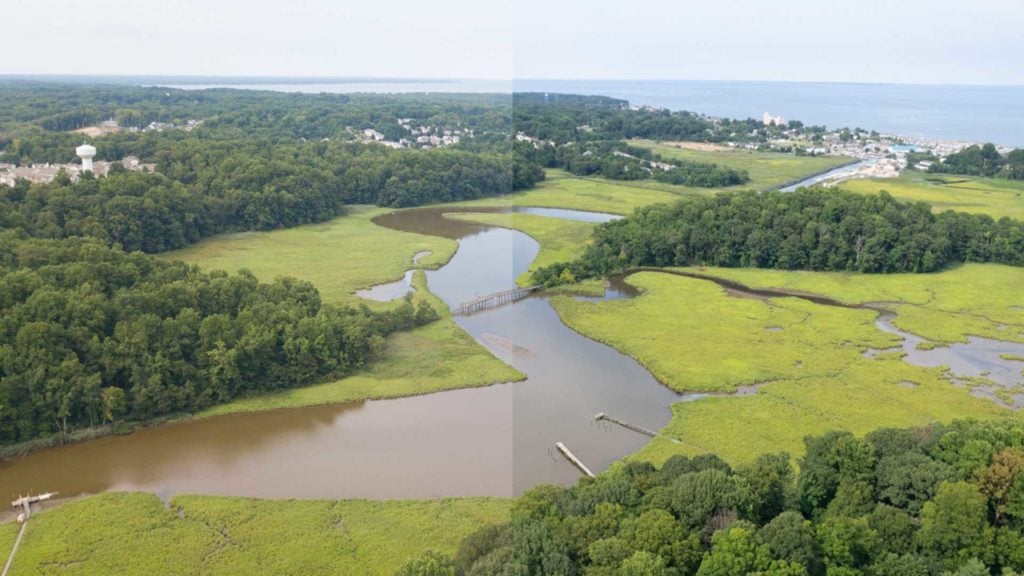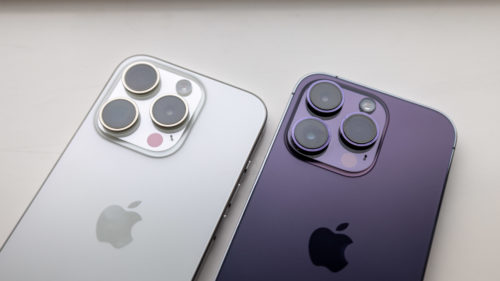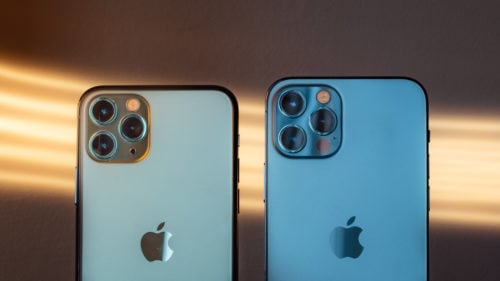The first DJI Mavic Pro released in 2017 was ground breaking with its portable design. Fast forward 5 years we now have a new drone from DJI with the DJI Air 2S.
In this article I’ll break down the key differences between the DJI Mavic Pro and DJI Air 2S. Including a comparison of features, image and video quality.
Table of contents

DJI Air 2S vs Mavic Pro Features
- The DJI Air 2S includes an improved obstacle avoidance sensor
- The Mavic Pro’s camera can be used in vertical orientation
- The DJI Air 2S features a much better connection while flying
The DJI Air 2S improves over many aspect of the Mavic Pro including image quality, wireless connections, and obstacle avoidance.
Obstacle Avoidance: The DJI Air 2S features up, down, forward and backward obstacle avoidance sensors. While testing this out I had luck flying around tree branches with leaves and the drone didn’t seem any issue blocking me from flying into them. Of course you can still crash the DJI Air 2S flying into something to the left or right. The DJI Mavic Pro has forward and downward collision sensors. This makes crashing the Mavic Pro a bit easier to do but I wouldn’t fully trust the sensors on either drone.
Portrait Orientation: One unique feature the DJI Mavic Pro has that the Air 2S lacks is the ability to flip the camera into vertical orientation. This makes taking photos for Instagram incredibly easy on the Mavic Pro. The Air 2S allows you to do vertical panos which are automatically stitched in camera to a jpg or you can merge the RAW files yourself.
Wireless Connection: The DJI Air 2S features DJI’s latest OcuSync 3.0 technology on the 2.4 GHz/5.8 GHz bands so you’ll have an incredibly strong connection while flying. The Mavic Pro uses RC over 2.4GHz so you can have issues in congested environments while flying. That being said I have never had a connection issue with either drone.
DJI Air 2S vs Mavic Pro Image Quality
- The DJI Air 2S boasts a 20 megapixel 1 inch camera sensor
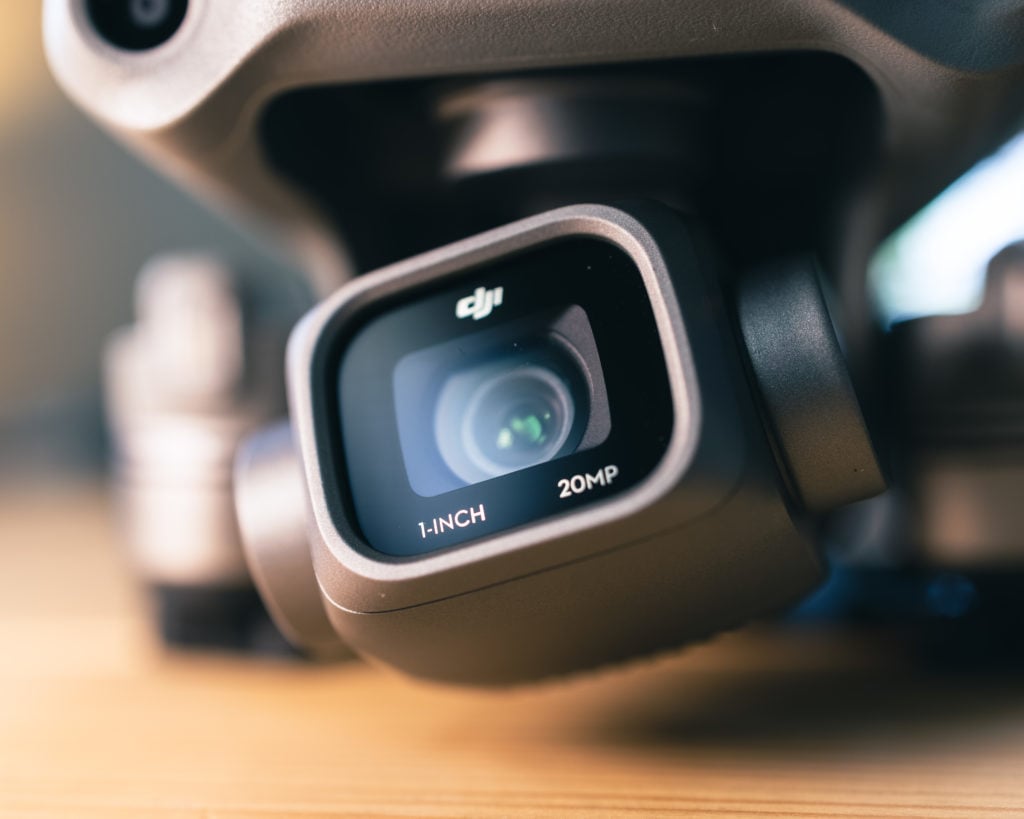
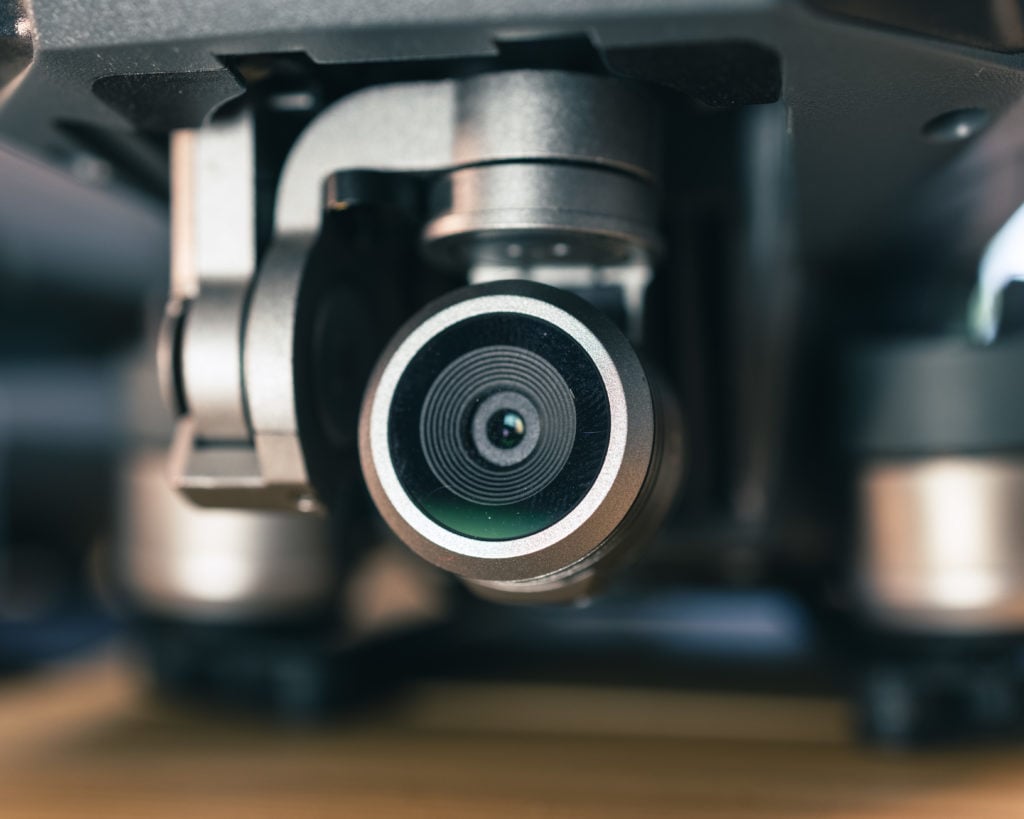
The DJI Air 2S boasts an impressive 1 inch 20 megapixel camera while the Mavic Pro photos are 12 megapixels.
You’ll notice when shooting on the DJI Air 2S you’ll have a wider field of view as well. The DJI Air 2S features a 22mm full-frame equivalent lens while the Mavic Pro is a 26mm full-frame equivalent. Combine that with the Air 2S’ 1″ sensor and you have a seriously great camera on the Air 2S. The Mavic Pro’s camera sensor is much smaller with a 1/2.3” CMOS sensor.
To test the image quality on both drones I flew them to the same altitude and angle and focus on the same point using auto settings. You can see the DJI Mavic Pro over exposes the image a bit and has weaker colors. Almost as if a haze is over the image along with weaker contrast and color balance.

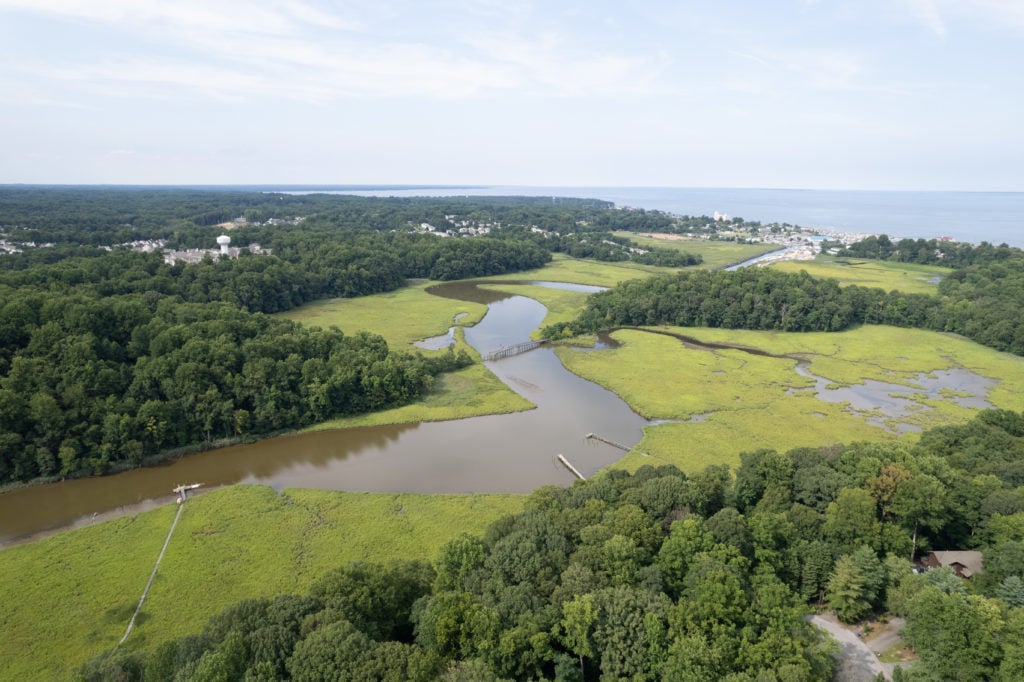
DJI Air 2S vs Mavic Pro Video Quality
- The DJI Air 2S can shoot 5.4K video at 30fps
- The DJI Air 2S has nearly 3 times the bitrate when recording
One of the main differences between the DJI Air 2S and Mavic Pro is the higher bitrate at which the Air 2S captures footage. The Mavic Pro can capture video up to 60mbps while the Air 2S has a 150mbps max. This allows a lot much more detail to be captured while recording, things like trees and complex looking subjects retain a lot more of their details on the Air 2S.
On top of this the Air 2S features a 5.4K video sensor that brings a lot more details and editing flexibility. The Air 2S video footage in the 4K mode is line skipped so if you want to maximize quality on the Air 2S I recommend shooting in 5.4K.
Here is an example using both drones on their highest settings (5.4K on Air 2S, 4K on Mavic Pro) shooting auto. I’ve also included zoomed in segments so you can see the quality difference.
Other small changes that help video shooters is the ease of use in changing ND filters as well. The Mavic Pro was a massive pain to change ND filters but the Air 2S lets you easily flick a new filter on/off. If you want to get the most out of the Air 2S you’ll want to use ND filters since the lens has a fixed aperture.
I hope you enjoyed my comparison and helped you decide if you should upgrade to the Air 2S from a Mavic Pro. Overall I am pleased with my purchase but I still think the Mavic Pro holds it’s own especially since you can find one for around $400 used now.
If you buy an Air 2S I also recommending getting the Fly More combo that includes addition batteries and a carrying case.
If you’v enjoyed my photos in the article you can follow me on Instagram as well.

